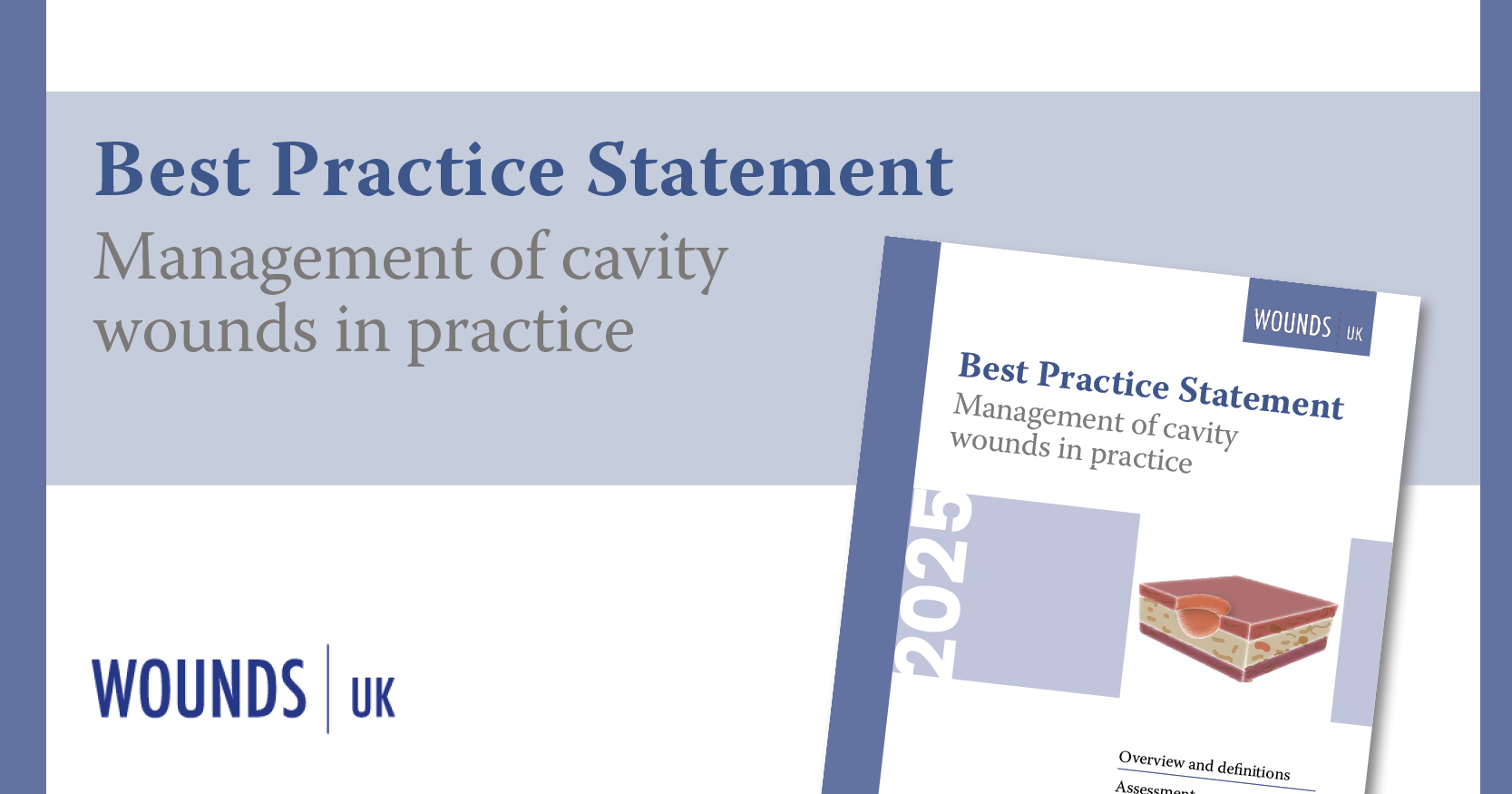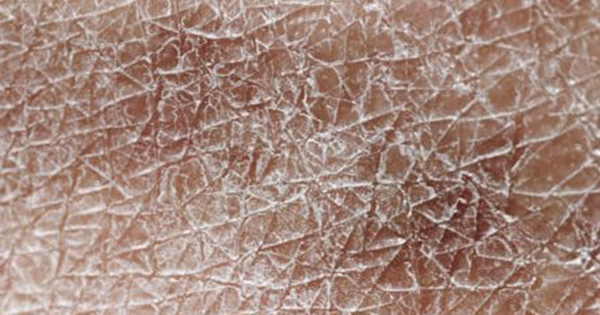Background: A leg ulcer prevalence audit carried out by staff working in community services within an NHS Trust identified an average wound duration time of 24 months, which impacted negatively on the patient and nursing capacity. Aim: To evaluate whether the implementation of evidence-based treatment pathways would lead to complete healing in 70% of people with venous leg ulceration at 24 weeks. Methods: Two evidence-based pathways were designed (standard and complex) with a key focus on wound bed preparation, appropriate compression and wound progression over 6 weeks. Patients (n=77) were assigned to a pathway 61 to the complex pathway and 16 to the standard pathway. Data relating to wound size and pain levels were requested every 6 weeks for 24 weeks or healing. Results: Out of the 77 people starting on a pathway, 45 remained for 24 weeks or until healing. Of these, 71% (n=32) healed completely within 16 weeks, 20% (n=9) improved by >70% and 9% (n=4) remained static. There were 32 patients removed from the pilot for a range of reasons, predominantly poorly controlled co-morbidities and deterioration in their arterial status. Conclusion: Using an evidence-based treatment pathway can improve the healing rates of people with venous leg ulceration; however, a multidisciplinary approach to managing underlying co-morbidities is needed if outcomes are to be optimised.






